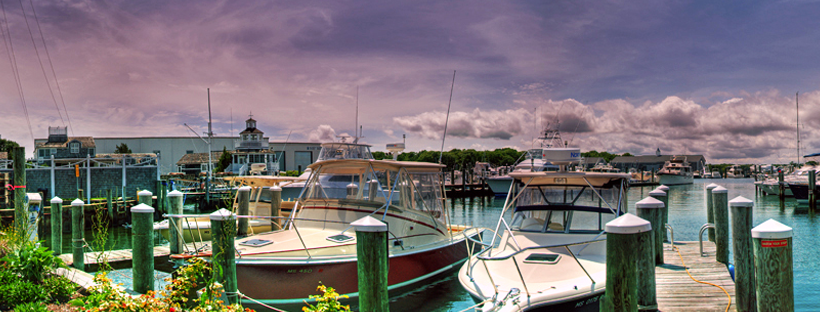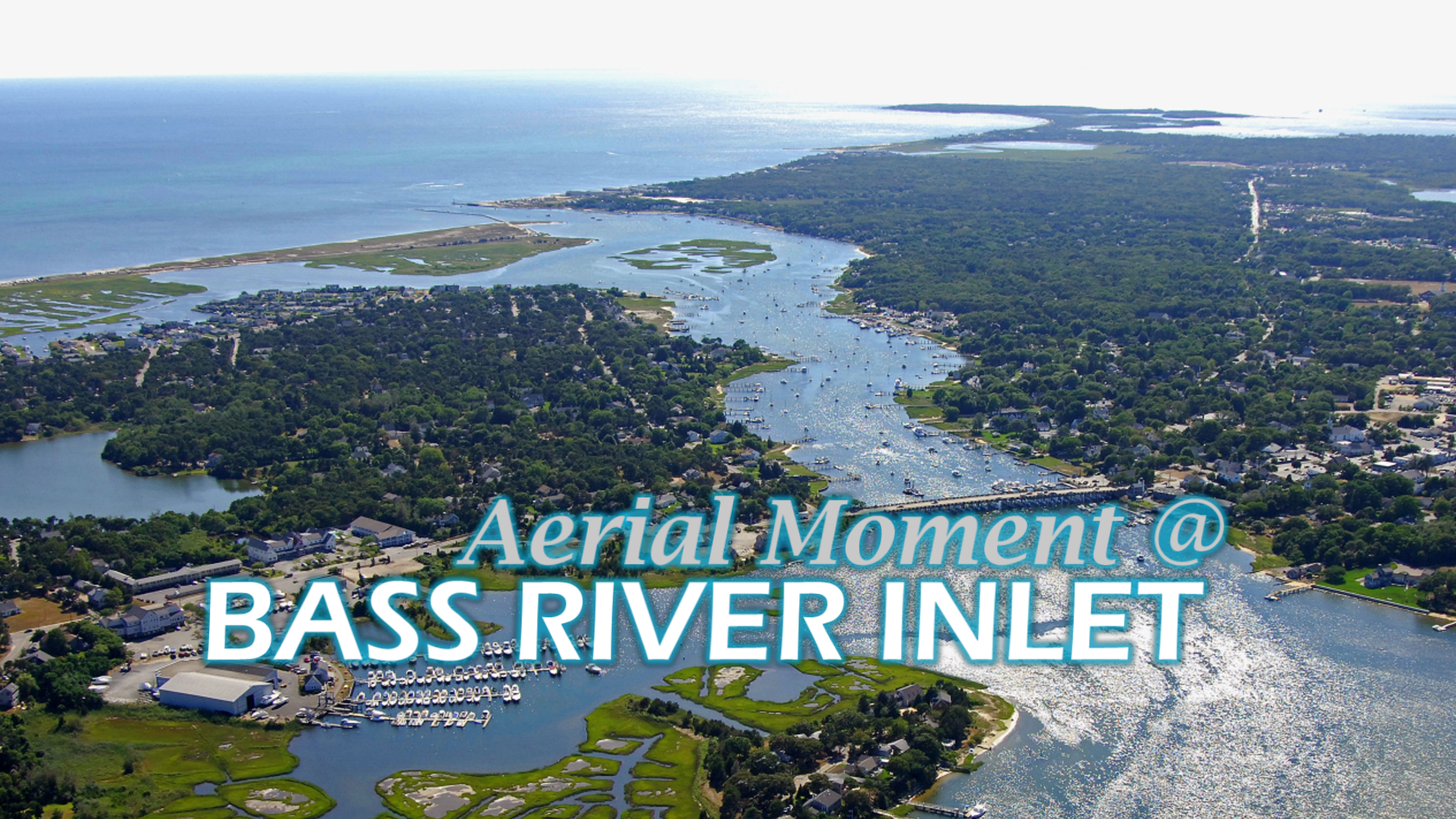
Bass River Inlet – Yarmouth MA Life
The Bass River inlet is a tidal estuary in the village of South Yarmouth on Cape Cod. It separates the towns of Dennis and Yarmouth and has a brackish flow that winds its way toward Follins Pond. Watch More Cape Cod Videos Help us grow. Keep up with our Cape Cod video series #findyourcape #yarmouth …
Continue reading “Bass River Inlet – Yarmouth MA Life”

Paines Creek Cape Cod MA Moment of Zen
Rumble It and Subscribe! Hope you liked our video. Appreciate the Rumble votes. Please support our growth and Subscribe to our Channel so we can register a custom Channel name. Thank you!
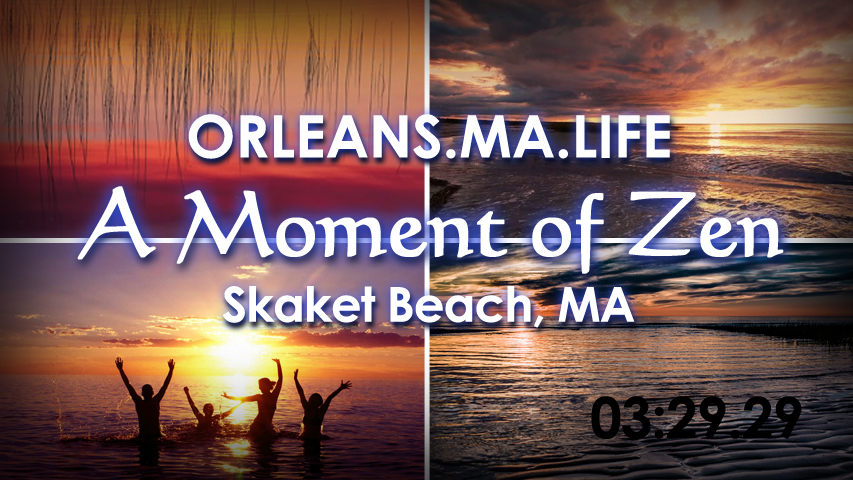
Sounds of Skaket Beach – Orleans MA Life
Have you found the secret of Skaket Beach? Take a moment and watch our favorite sunsets and find your Moment of Zen on Skaket Beach in Orleans, Cape Cod. Low tide fun at Skaket Beach in Orleans. This fine sand beach offers warm water swimming and is great for long strolls on the flats at …
Continue reading “Sounds of Skaket Beach – Orleans MA Life”

Bass River Beach Drone – Yarmouth MA Life
Bass River is an estuary and village in South Yarmouth, Massachusetts, United States. The estuary separates the towns of Yarmouth and Dennis at the central, southern sections of the towns. At its widest and most southerly point, it opens to and meets Nantucket Sound. Bass River Beach or as it is commonly know, “Smugglers Beach”, …
Continue reading “Bass River Beach Drone – Yarmouth MA Life”

Nauset Beach Moment of Zen – Orleans MA Life
Have you ever seen the natural seal predation by Cape Cods famous Great Whites? Here’s a video during high season while we listen to the sounds of the Atlantic along Nauset Beach in Cape Cod. Relish the taste of the ocean air, the sound of the breaking surf, and simply the best view on Cape …
Continue reading “Nauset Beach Moment of Zen – Orleans MA Life”
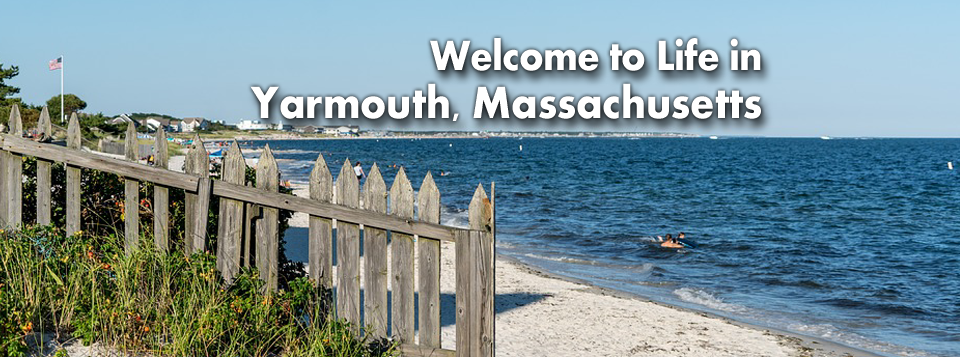
Yarmouth
Welcome to Life in Yarmouth, Massachusetts. Yarmouth is named after Great Yarmouth, a town in the county of Norfolk, on the east coast of England, which is itself at the mouth of the River Yare. Though none of the initial settlers hailed from that English town, the name was possibly chosen because across the North …
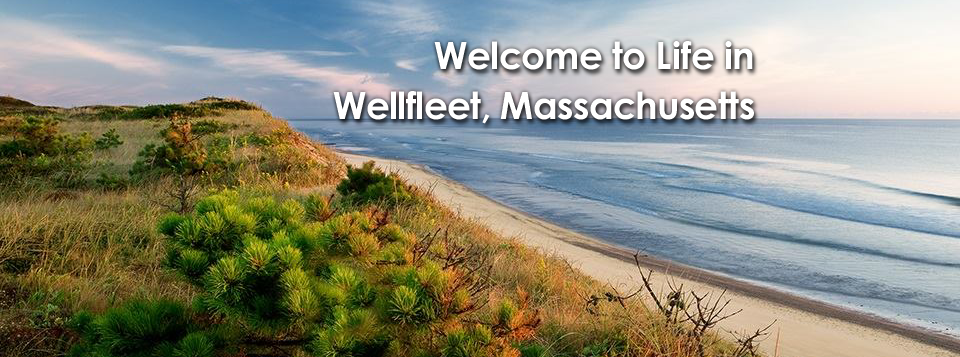
Wellfleet
Welcome to Life in Wellfleet, Massachusetts. Wellfleet is a town in Barnstable County, Massachusetts, United States, and is located halfway between the “tip” and “elbow” of Cape Cod. Wellfleet is famous for its oysters, which are celebrated in the annual October Wellfleet OysterFest. In fact, Wellfleet’s oyster beds drove the early economy, as did whaling …

Provincetown
Welcome to Life in Provincetown, Massachusetts. Provincetown is a New England town located at the extreme tip of Cape Cod in Barnstable County, Massachusetts, in the United States. Provincetown is famously known as having one of the largest alternative lifestyle communities in the country, but it is so much more than that. Its rich history, …
Continue reading “Provincetown”

Orleans
Welcome to Life in Orleans, Massachusetts. Orleans is a quaint seaside town that sits on the outer elbow of Cape Cod. The town is famous for its beaches, which are situated on both the wild Atlantic Ocean and calmer Cape Cod Bay. Orleans was first settled in 1693 by Pilgrims from the Plymouth Colony who …
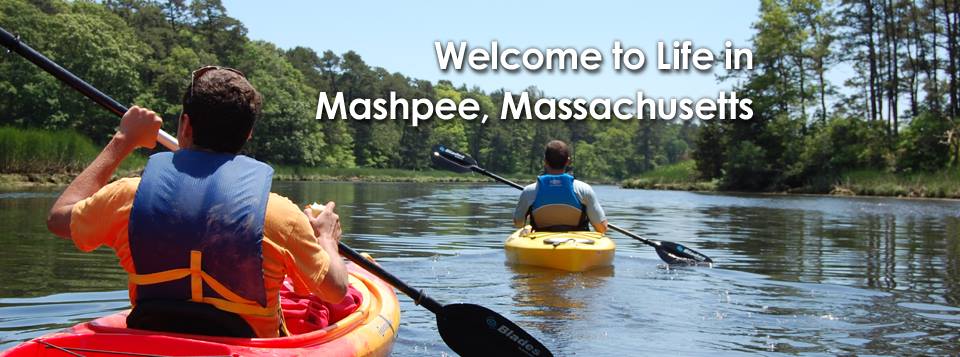
Mashpee
Welcome to Life in Mashpee, Massachusetts. Cape Cod was occupied for more than ten thousand years by numerous indigenous peoples. The historic Algonquian-speaking Wampanoag were the last native people encountered by the English immigrants here and in the area of the Massachusetts Bay Colony in the seventeenth century. These two cultures would interact, shaping each …
